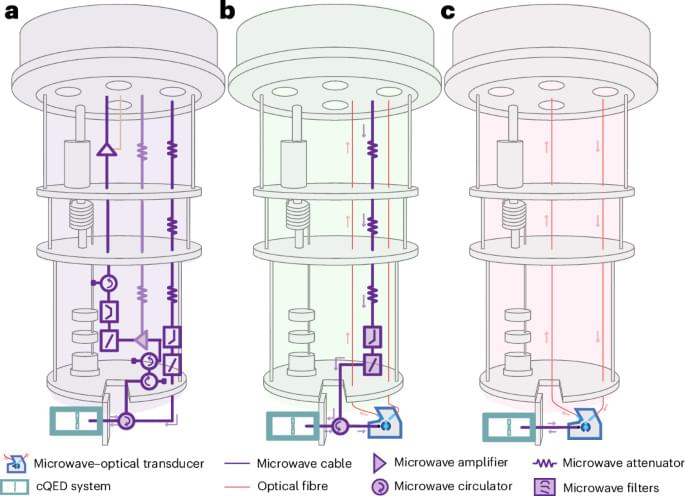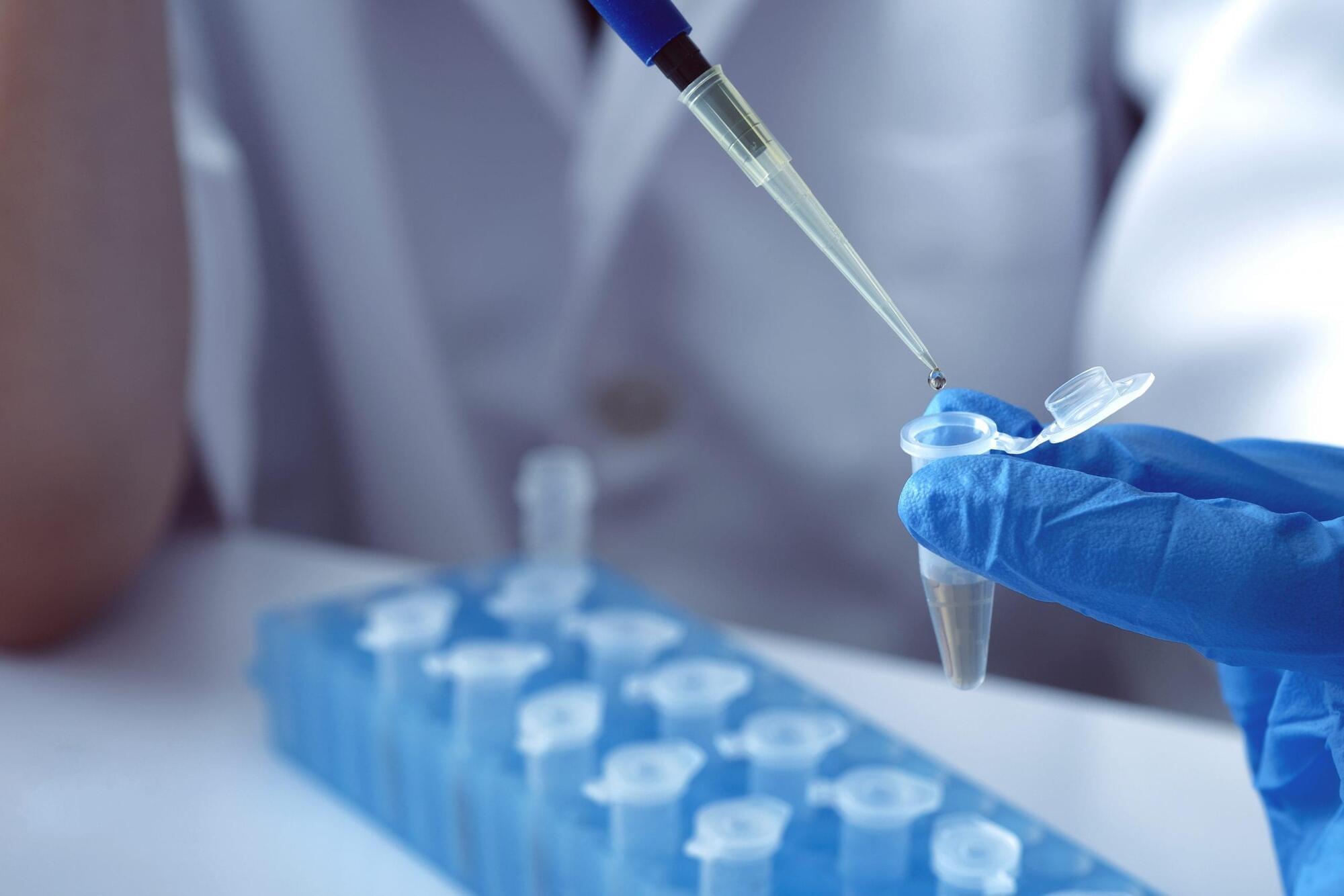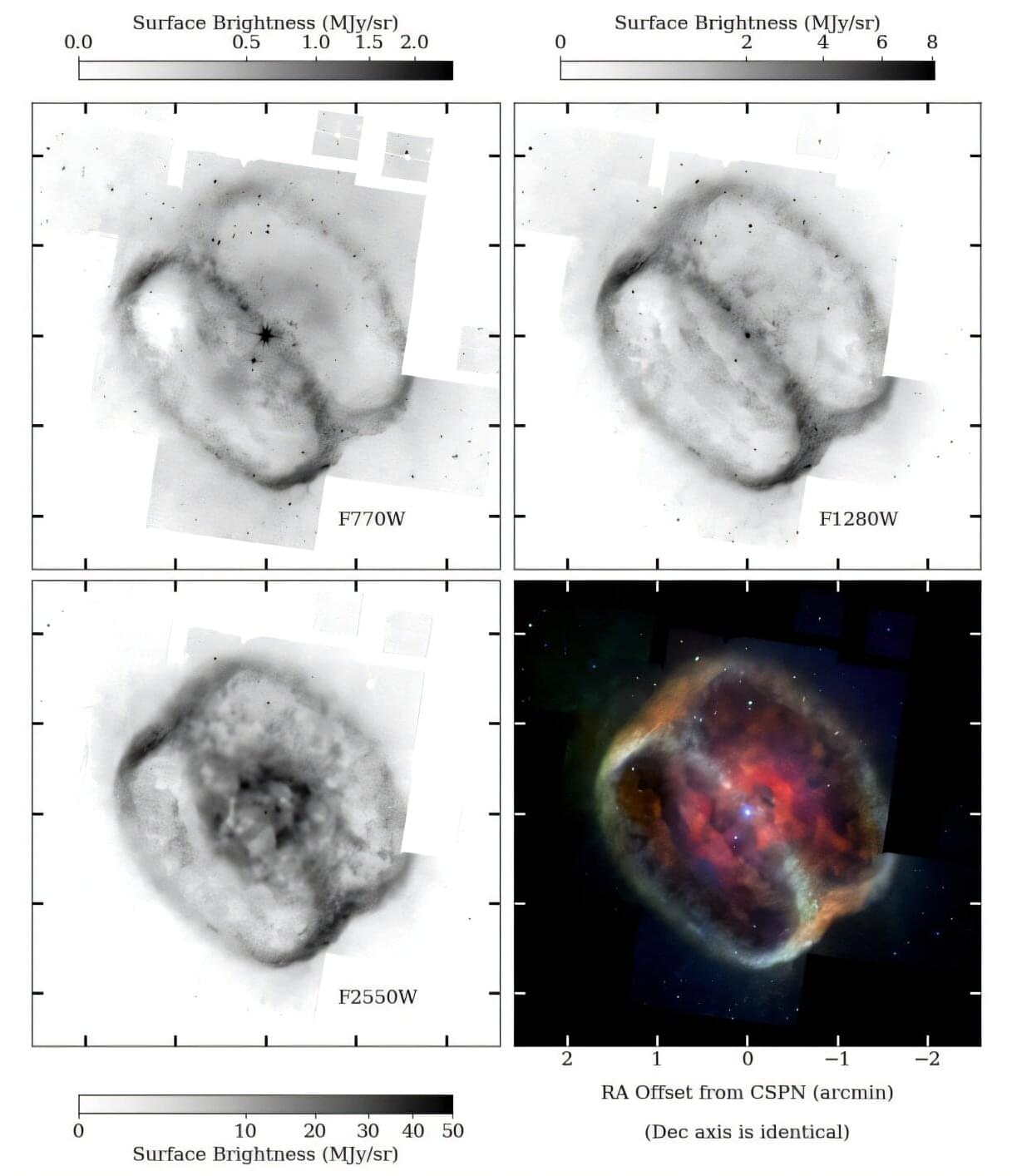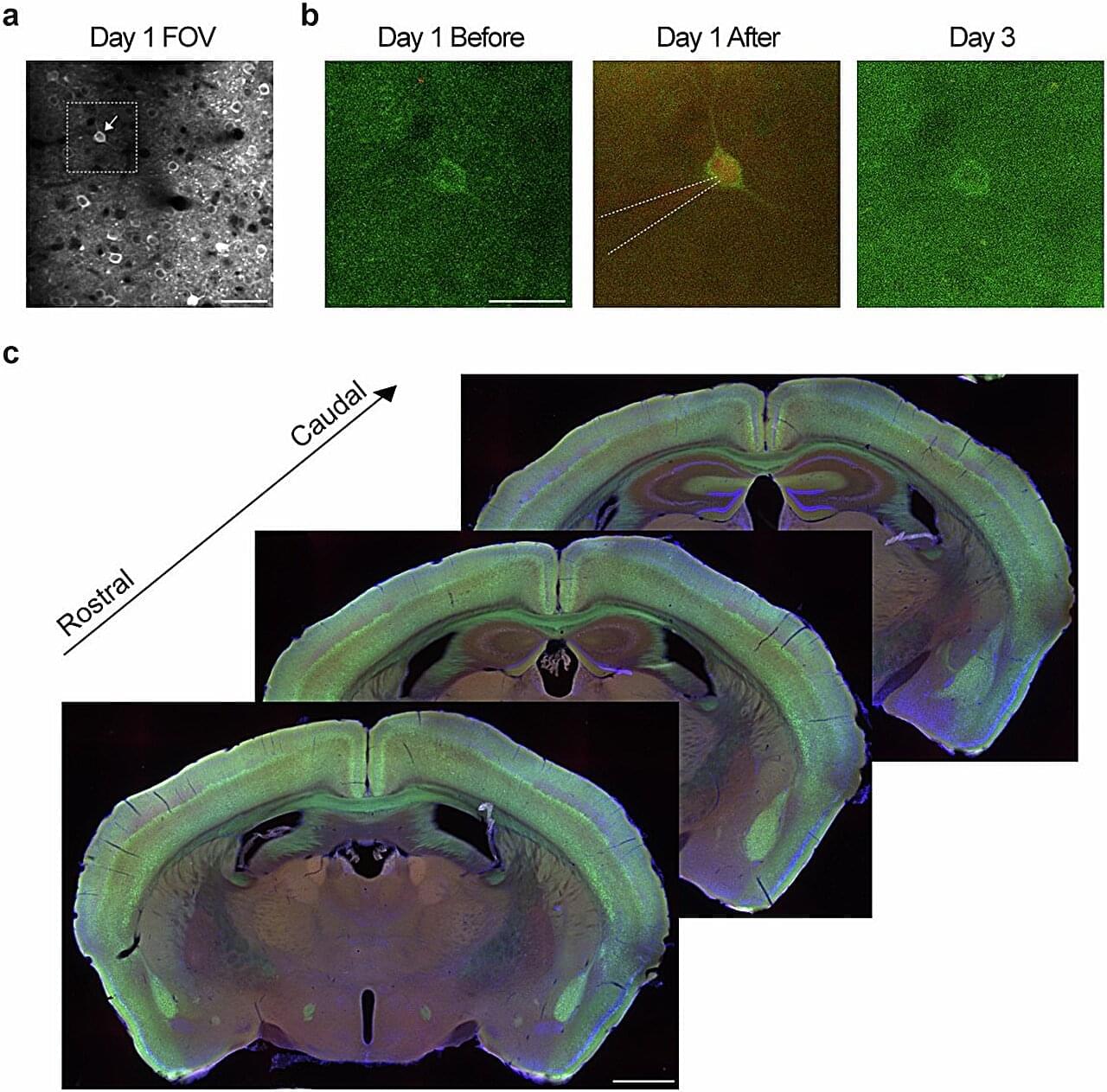Microwaves are usually used to interact with superconducting qubits, but optical photons can be processed at room temperature. The electro-optical transceiver presented here allows all-optical readout of a qubit without affecting its performance.


The AuREUS system is an evolution for walls/windows, and uses technology synthesized from upcycled crop waste to absorb stray UV light from sunlight and convert it to clean renewable electricity.
This is a bit old, but still cool.

Getting seven experiments on the International Space Station requires a really good idea. Like a brand new way to attack tumors—one that you can only make in space.
Space has unique advantages for making medicines. Its very low gravity makes it possible to grow molecules in shapes and uniformity that are difficult to create on Earth. If they can be reliably and affordably produced, such molecules could have all kinds of novel uses in industry and medicine.
University of Connecticut engineer Yupeng Chen has been growing one such unusually rod-shaped nanoparticle, called a Janus base nanotube, on the International Space Station (ISS). The success of Chen’s last five experiments has led to this latest $1.9 million award from the Center for Advancement of Science in Space and NASA’s Division of Biological and Physical Sciences. With it, Chen and his colleagues will use the space station’s unique environment to grow pharmaceuticals whose shape is their secret weapon.#
Experiments aboard the International Space Station may offer promising advancements in fighting cancer.

Below is an overview of a developing cancer treatment that relies on highly focused sound waves in a liquid medium (often the body’s own fluids) to non-invasively destroy tumors. Though the technology is still in various stages of research and clinical trials, it shows promise as a potential alternative or complement to surgery, radiation, or traditional chemotherapy.
1. What Is This Technology?
A primary example of a soundwave-based treatment that uses water or fluid in the body is called histotripsy (or, more broadly, high-intensity focused ultrasound—HIFU). Histotripsy is an emerging therapy that directs ultra-short, high-intensity ultrasound pulses at a targeted area, causing microscopic, rapid changes in tissue pressure.

University of Arizona astronomers have learned more about a surprisingly mature galaxy that existed when the universe was just less than 300 million years old—just 2% of its current age.
Observed by NASA’s James Webb Space Telescope, the galaxy—designated JADES-GS-z14-0—is unexpectedly bright and chemically complex for an object from this primordial era, the researchers said. This provides a rare glimpse into the universe’s earliest chapter.
The findings, published in the journal Nature Astronomy, build upon the researchers’ previous discovery, reported in 2024, of JADES-GS-z14-0 as the most distant galaxy ever observed. While the initial discovery established the galaxy’s record-breaking distance and unexpected brightness, this new research delves deeper into its chemical composition and evolutionary state.

A mysterious phenomenon at the center of our galaxy could be the result of a different type of dark matter.
Dark matter, the mysterious form of unobserved matter which could make up 85% of the mass of the known universe, is one of science’s biggest manhunts.
In this first of its kind study, scientists have taken a step closer to understanding the elusive mystery matter. They believe a reimagined candidate for dark matter could be behind unexplained chemical reactions taking place in the Milky Way.

Using the James Webb Space Telescope (JWST), astronomers have observed enigmatic rings in the planetary nebula NGC 1,514, visible in the mid-infrared band. Results of the new observations, published Feb. 28 on the arXiv pre-print server, shed more light on the properties and nature of these rings.
Planetary nebulae (PNe) are expanding shells of gas and dust that have been ejected from a star during the process of its evolution from a main sequence star into a red giant or white dwarf. They are relatively rare, but are important for astronomers studying the chemical evolution of stars and galaxies.
NGC 1,514 (also known as Crystal Ball Nebula) is a large and complex elliptical planetary nebula at a distance of about 1,500 light years away. It originated from a binary star designated HD 281679. The bright, visible component of the system is a giant star of spectral type A0III, while the nebula-generating companion is now a hot, sub-luminous O-type star.

National Institutes of Health researchers have mapped how individual neurons in the primary somatosensory cortex receive brain-wide presynaptic inputs that encode behavioral states, refining our understanding of cortical activity.
Neurons in the primary somatosensory cortex process different types of sensory information and exhibit distinct activity patterns, yet the cause of these differences has remained unclear. Previous research emphasized the role of motor cortical regions in movement-related processing, but also recognized that the thalamus plays a role beyond sensory relay.
Using high-resolution single-cell mapping to trace neuronal connectivity, the team revealed that thalamic input is the primary driver for movement-correlated neurons, while motor cortical input plays a smaller role.

A recent study by the Hector Institute for Translational Brain Research (HITBR) at the Central Institute of Mental Health (CIMH) in Mannheim provides the first detailed cellular insights into how psilocin, the active ingredient in magic mushrooms, promotes the growth and networking of human nerve cells.
These findings complement clinical studies on the treatment of mental disorders and could contribute to a better understanding of the neurobiological mechanisms behind the therapeutic effect of psilocybin.
Psilocybin is the well-known active ingredient in so-called magic mushrooms, which is converted in the body to psilocin—the compound that ultimately unleashes the psychoactive effect. The Mannheim research team worked directly with psilocin to investigate the neurobiological effects.
Ask almost any physicist what the most frustrating problem is in modern-day physics, and they will likely say the discrepancy between general relativity and quantum mechanics. That discrepancy has been a thorn in the side of the physics community for decades.
While there has been some progress on potential theories that could rectify the two, there has been scant experimental evidence to support those theories. That is where Selim Shahriar from Northwestern University, Evanston, comes in. He plans to work on a concept called the Space-borne Ultra-Precise Measurement of the Equivalent Principle Signature of Quantum Gravity (SUPREME-GQ), which he hopes will help collect some accurate experimental data on the subject once and for all.
To put it bluntly, the experiment is complicated. At its heart, it uses a space-based platform carrying a quantum-entangled sensor and some precise positioning systems. But understanding why it is useful to test quantum gravity first requires some explanation. Let’s first look at one of the most famous tenets of General Relativity—the Equivalence Principle.